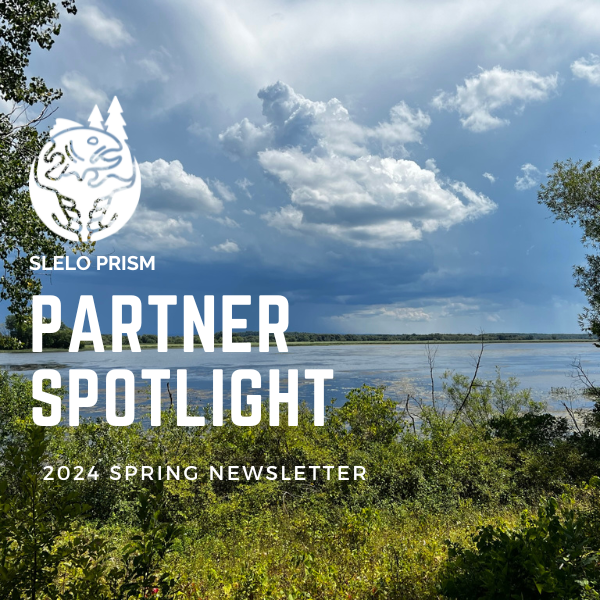This article was featured in the 2024 Spring Newsletter by, Tim Pyszczynski– NYS DEC.
The current restoration project on Lakeview WMA began in 2021 when funding was secured through the Great Lakes Restoration Initiative (GLRI) and US Environmental Protection Agency through the National Oceanic and Atmospheric Administration (NOAA)/Great Lakes Commission (GLC) Regional Partnership to create more open water habitat in an area of Lakeview WMA dominated by cattail. The New York State Department of Environmental Conservation (DEC) partnered with the National Oceanic and Atmospheric Administration (NOAA), Great Lakes Commission (GLC), National Audubon Society’s Great Lakes and New York programs, and Ducks Unlimited (DU) to develop and implement a design resulting in 5,000 linear feet of eight-foot channels, seven acres of open water habitat, and the restoration of 180-acres of coastal wetlands.
The restoration provides connectivity to spawning grounds for northern pike and other fish, as well as breeding habitat for nesting black terns and migrating marsh birds and waterfowl. Measures were taken throughout the project to minimize the spread of invasive species including treating stands of phragmites in the immediate project area. Additionally, the open water and new water depths will be more resilient to the spread of the invasive narrow-leaf cattail that is generally less productive for most fish, mammal, and bird species and dominates a lot of the emergent habitat found on the WMA.
In March 2024, the channels and potholes were completed. The group is now in the final monitoring state of the project that will include post-bird and fish surveys, and a final phragmites treatment.
Although the project priority was habit restoration one of the channels extends near an existing parking lot that will provide public access to this portion of the WMA that did not exist before.
DEC also continues the fight against water chestnut that showed up at Lakeview around 2012. With a combination of hand pulling and spraying the infestation has been maintained but does not appear to be getting better or worse. Every summer since 2013 DEC staff, volunteers, and Student Conservation Association (SCA) stewards remove what we can when weather and schedules permit. After last year’s season, we have now removed an estimated 20,115 pounds of water chestnut in 25,976 man-hours since 2013. We will again organize one or two large-scale removal efforts this


Photos Provided by Brian Gottfried – DU Mitigation Biologist. Before and after photos show a portion of the project area. The orientation of the photo is north and there were more potholes and channels created south of what we see here.
Please fill out the form below to be added to our listserv and receive our seasonal newsletter, event invitations and other announcements.


